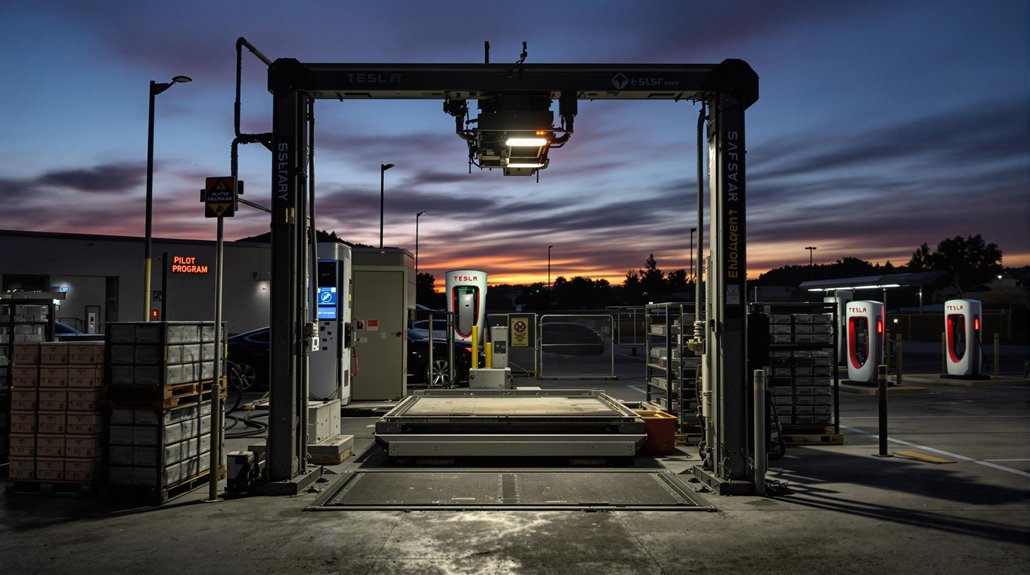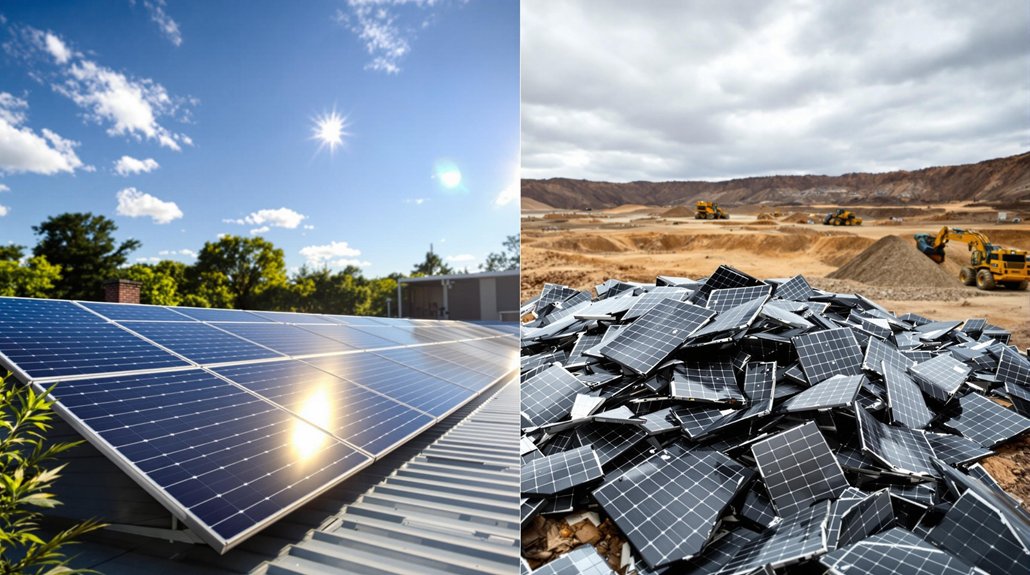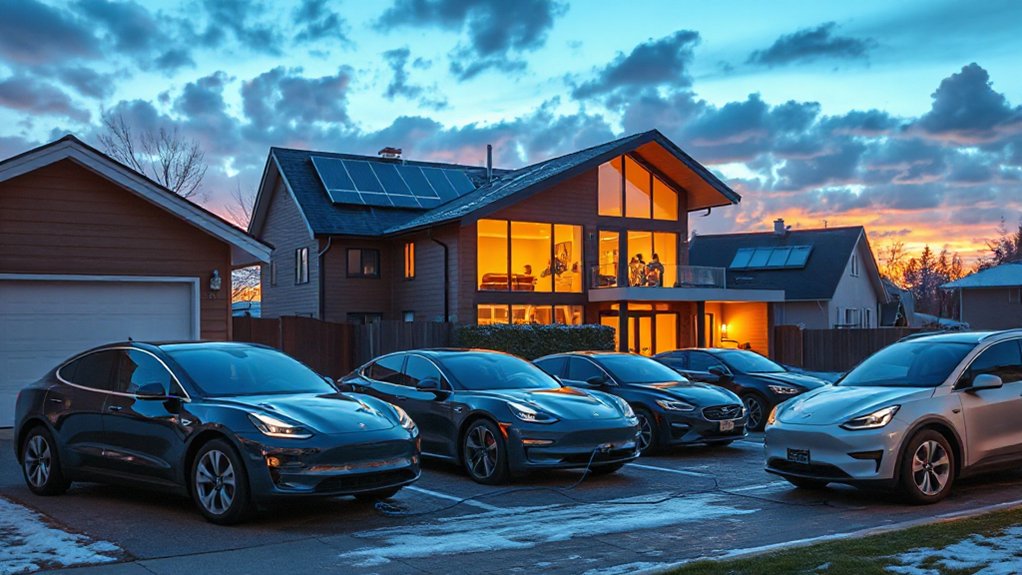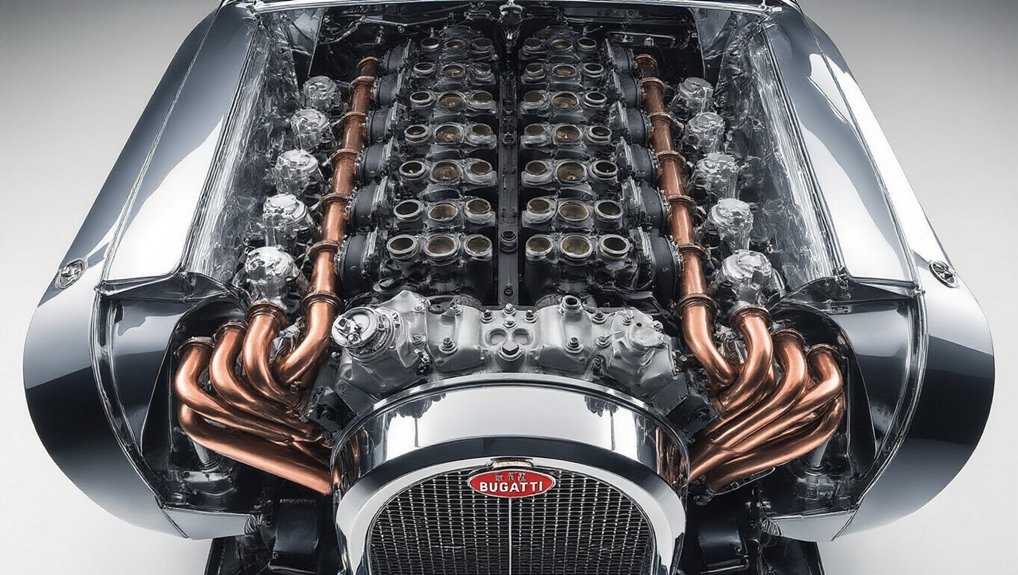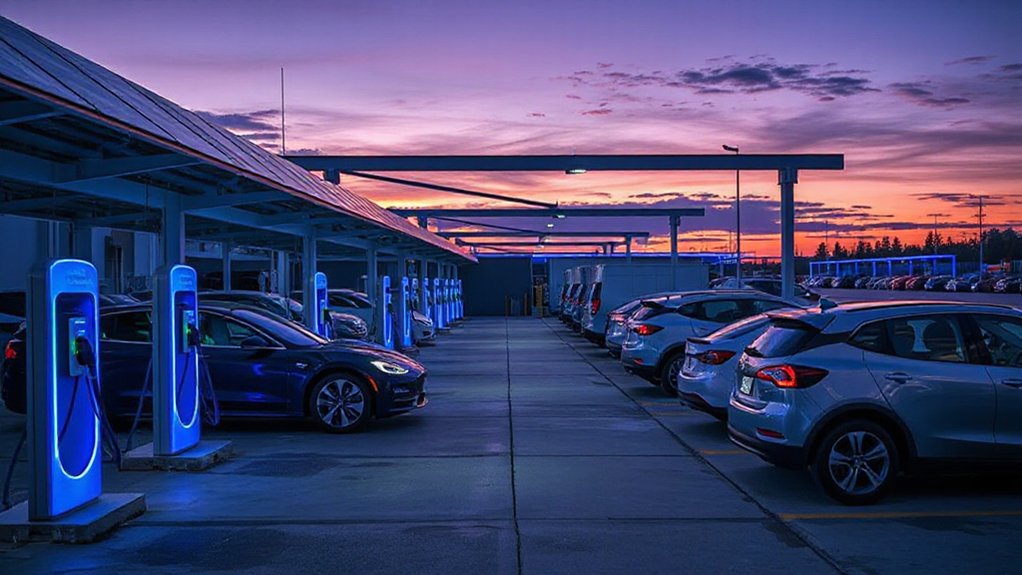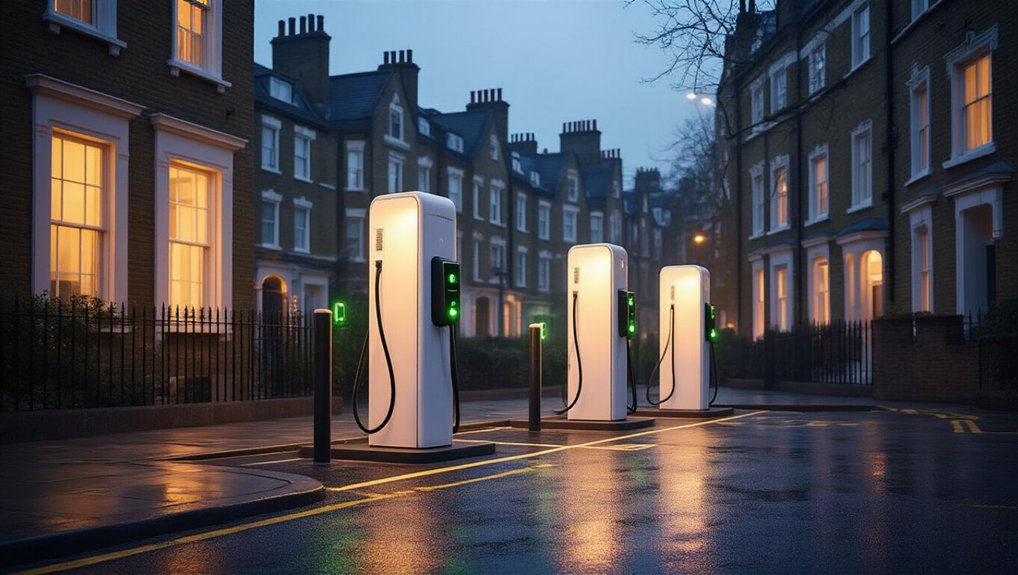Tesla’s battery swap program quietly disappeared after its 2015 launch. The company promised 90-second battery replacements, faster than filling a gas tank. But high costs, limited locations, and appointment requirements soon derailed the initiative. While Elon Musk publicly celebrated the technology’s potential, Tesla never expanded beyond a single California station. Meanwhile, competitor Nio successfully implemented similar technology in China. What really happened behind the scenes of this abandoned venture?
While Tesla is known for its innovative approaches to electric vehicle technology, not every idea has proven successful. In 2015, the company launched a battery swap pilot program at Harris Ranch, California, promising to replace an electric vehicle’s battery in under three minutes. This ambitious project aimed to offer drivers a faster alternative to charging, but it never expanded beyond its initial trial phase.
The battery swap stations faced significant hurdles from the start. Each station cost about $500,000 to build and required maintaining approximately 50 spare batteries. This made scaling the program financially challenging. The service also came with a price tag of $80 per swap, which was more expensive than using Tesla’s free Supercharger network at the time.
Consumers found the system inconvenient. Users had to make appointments and return to the same location to retrieve their original battery. The program was designed to be by appointment only, limiting spontaneous use unlike the Supercharger network. This created a logistical problem that the Supercharger network didn’t have. Drivers simply preferred the familiar and growing network of Superchargers across the country.
Technical challenges also plagued the program. Tesla’s vehicles featured protective titanium and aluminum shields that made battery swapping more complex than initially demonstrated. The system wasn’t fully automated, which slowed down the process and required staff assistance. The initial demonstration in June 2013 had been impressive, showing the swap could be completed faster than refueling a conventional gasoline car.
The financial incentives for Tesla weren’t compelling either. The company discovered that battery swaps didn’t generate additional Zero Emission Vehicle credits, reducing the business case for continuing the program. This reflected the broader energy storage challenges that continue to affect the renewable energy sector today.
By 2020, Tesla had completely shifted its focus to improving its Supercharger network and developing ultra-fast charging technology. The company also began emphasizing battery recycling rather than temporary swaps.
While competitors like Nio have successfully implemented battery swapping in China, Tesla’s half-hearted approach lacked the full commitment needed for success. The failed experiment shows that even innovative companies sometimes abandon ideas when the economics, consumer interest, and technological challenges don’t align with their broader strategy.
